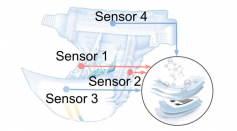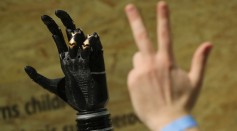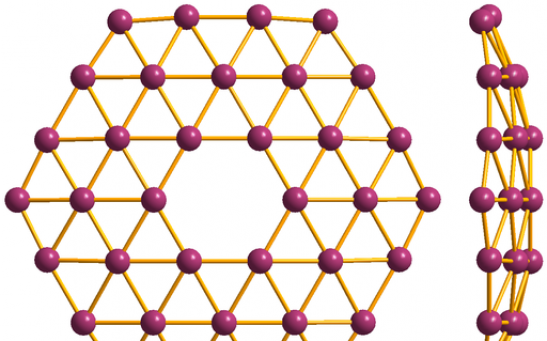sensors
New AI Method Could Revolutionize Search for Extraterrestrial Life; How Does This ‘Holy Grail of Astrobiology’ Work?

Sharks Geared With Improved Smart Sensors, Cameras For Better Monitoring

Quantum Entanglement Could Boost Accuracy of Accelerometers and Sensors of Dark Matter, Study Says

Smart Diapers Get Wiser with Hand-Drawn Electrode Sensors: Affordable and Accurate Humidity Detection

Smartphone Sensors Could Accurately Foresee Users' Five-Year Mortality Risk

'Al Rihla' Footballs Are the Most High-tech Ever Used in the World Cup as They Need To Be Charged Before the Games

Having Trouble Correcting Your Posture? Newly Developed Self-Powered Fabric Paired with Sensors Will Help Solve the Problem
Graphene-Based Electrochemical Food Contaminant Sensors Developed for More Efficient Detection, Analysis of What We Eat and Drink
Moog Unveils the Claravox for 100 Years of the Strange Musical Instrument

Fabricated Electronic Skin Perceive Pain Like Humans, Paving Way for Prosthetics and Robotics
These 4 Animals Possess Specialized Senses
Scientists Develop an Ultra-Sensitive Dopamine Detector
Brain Signals Can Now Control Wheelchairs for the Paralyzed
Two-Year Project Dedicated to the Improvement of Wound Treatment
Most Popular

How Technology Is Changing the Real Estate Industry?

How a Plant-Based Diet Can Protect Against Breast Cancer: Insights from Nutrition Research

Study Reveals High Turnover in Scientific Research Careers: What This Means for Future Scientists

Why It's So Difficult to Lose Weight: The Biological Explanation Behind Obesity






